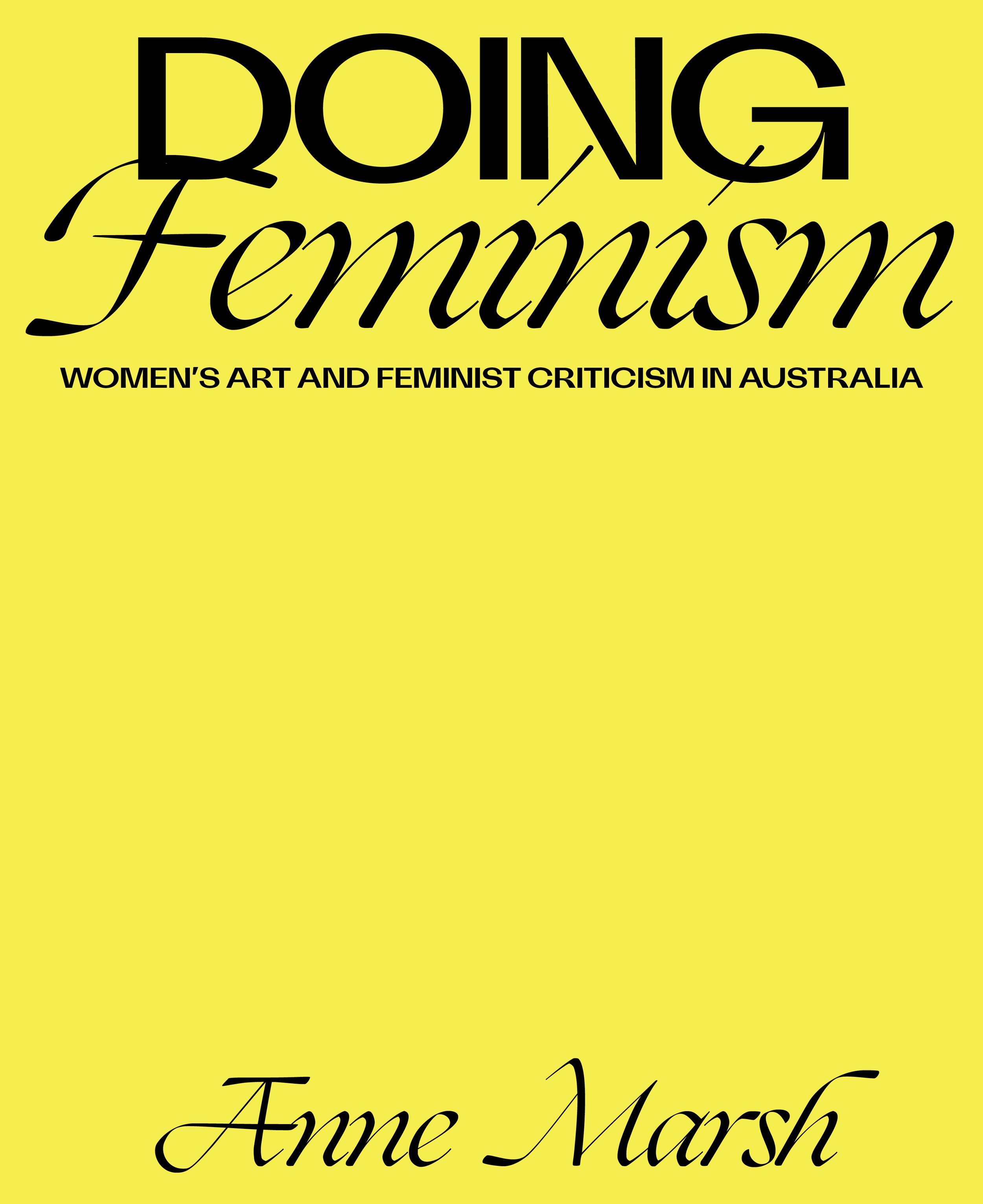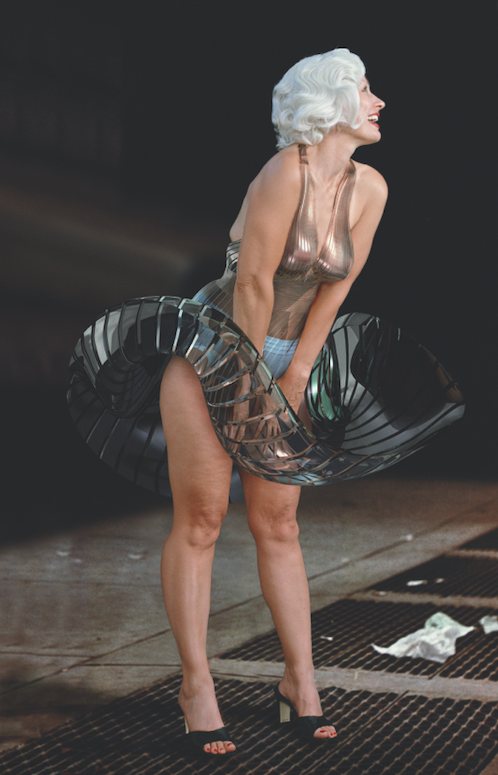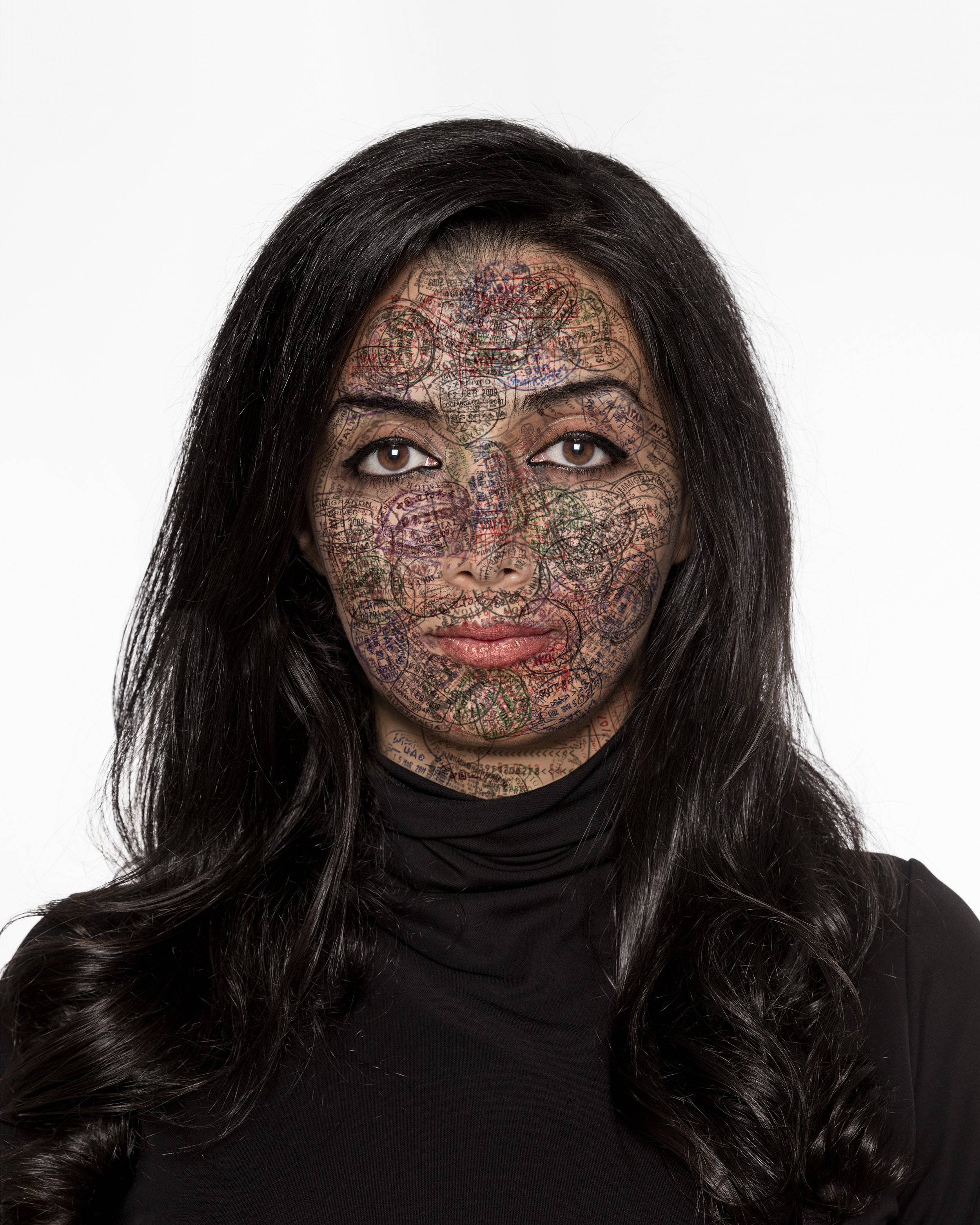Continuities and change: 'Doing Feminism' by Anne Marsh
/This invaluable compendium by art historian Anne Marsh provides a comprehensive overview of feminism and Australian art from the 1970s to the present. The work examined includes performance art, photography, sculpture, painting and printmaking, and is organised by decade, although there is some crossover where the material demands comparison or linkage. In Part One, Marsh catalogues works alongside excerpts from key texts of the period, which are reproduced in more detail in Part Two. This structural division proves very effective, as it allows the artworks to be in conversation with each other, permitting unimpeded visual comparison and juxtaposition.
Marsh does not treat feminism as a taken-for-granted concept or a unified movement. Rather, she succinctly traces its various threads and its relationships with both art and social change in Australia more broadly, such as the anti-Vietnam protests of the 1970s and the emergence of HIV/AIDS in the 1980s, as well as the ongoing struggle for self-determination by our First Nations people. Although she catalogues the art by decade, she also notes that this is a somewhat arbitrary marker, arguing that the ‘feminism of the 1970s needs to be considered as part of a long decade that starts somewhere in the mid to late 1960s in Australia’.
Marsh also uses the concept of feminism as an organising principle in a manner that is expansive and generous, rather than reductive or exclusive. This achievement is underpinned, as the book’s title suggests, by focusing on action undertaken in the name of feminism, rather than the use of feminism as a designation of personal identity. In line with this approach, Marsh also includes craft in her discussion, linking it back to grassroots consciousness-raising practices. A key example is ‘craftvism’, which is used by the Knitting Nannas ‘as an anchoring point for political activism in their persistent campaigns against the mining of coal seam gas in Australia’.
Marsh identifies key international influences, such as the lecture tour undertaken by Lucy Lippard in 1975, and also Laura Mulvey’s essay on the male gaze and Gayatri Chakravorty Spivak’s work on postcolonial feminism, but balances these against homegrown influences and collectives. She is also attentive to the ways in which knowledge formation occurs, highlighting the institutionalisation of particular works in the art history curriculum, such as Judy Chicago’s The Dinner Party (1974–79) and Mary Kelly’s Post-Partum Document (1973–79), and the ongoing work of challenging the canon. Marsh notes the work carried out in the last decade to contextualise the contribution of Indigenous artists to the contemporary art movement, acknowledging that in the 1970s, although the ‘nascent avant-garde in painting was emerging from the Western Desert as Indigenous artists started to enter the contemporary art scene … it was inconceivable to the white art world … that Indigenous art would take centre stage in the next decades’.
Doing Feminism is a vital record of how feminists have sought to remake the world through art, and renders visible both the continuities and the changes.
Doing Feminism: Women’s Art and Feminist Criticism in Australia by Anne Marsh: Miegunyah Press, Melbourne, 2021, 532 pages, AU$199.99; Amy Walters was a 2021 participant in the APPRAISE writing program, a partnership between ACT Writers and Art Monthly Australasia, funded by the ACT Government’s artsACT grants program.








